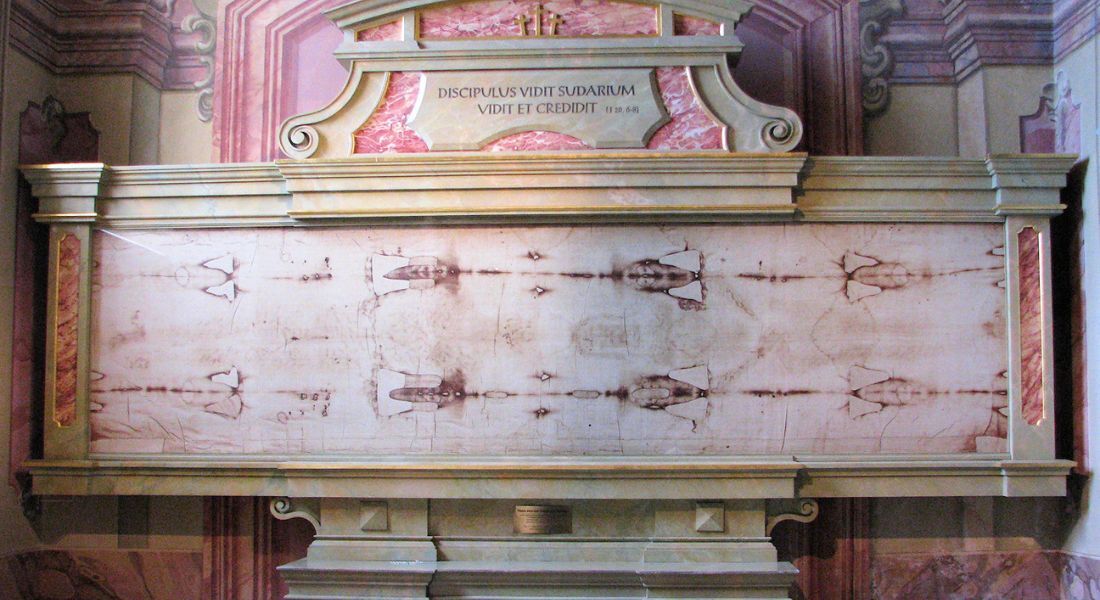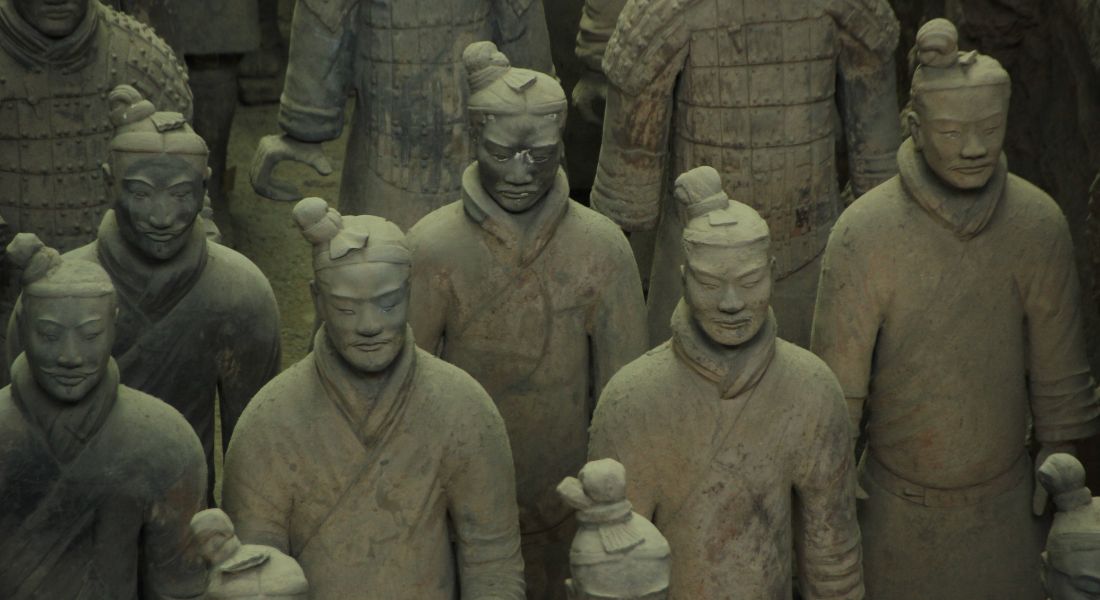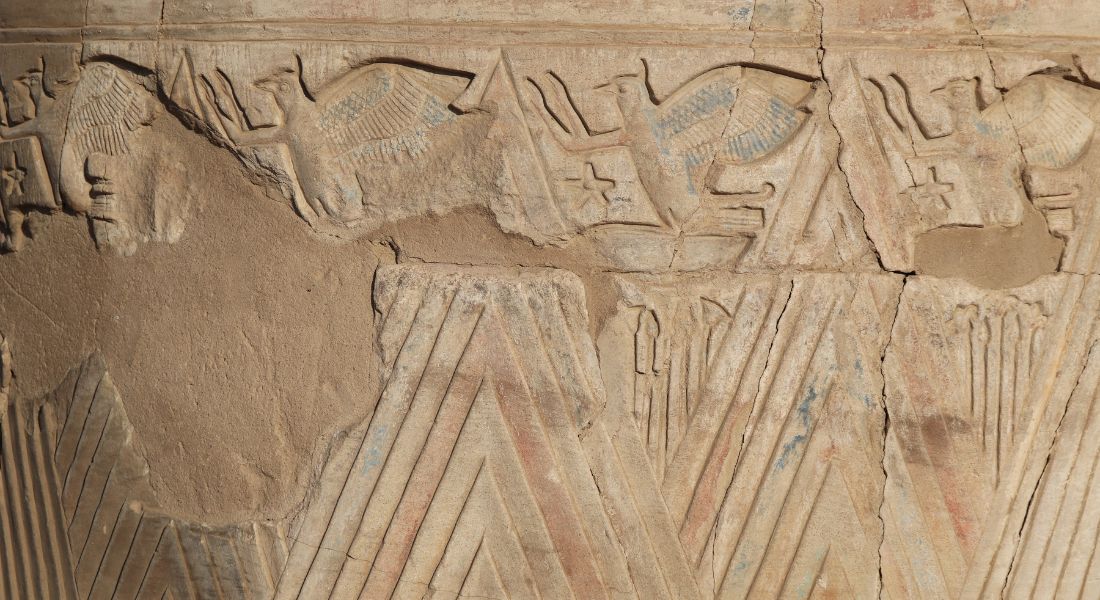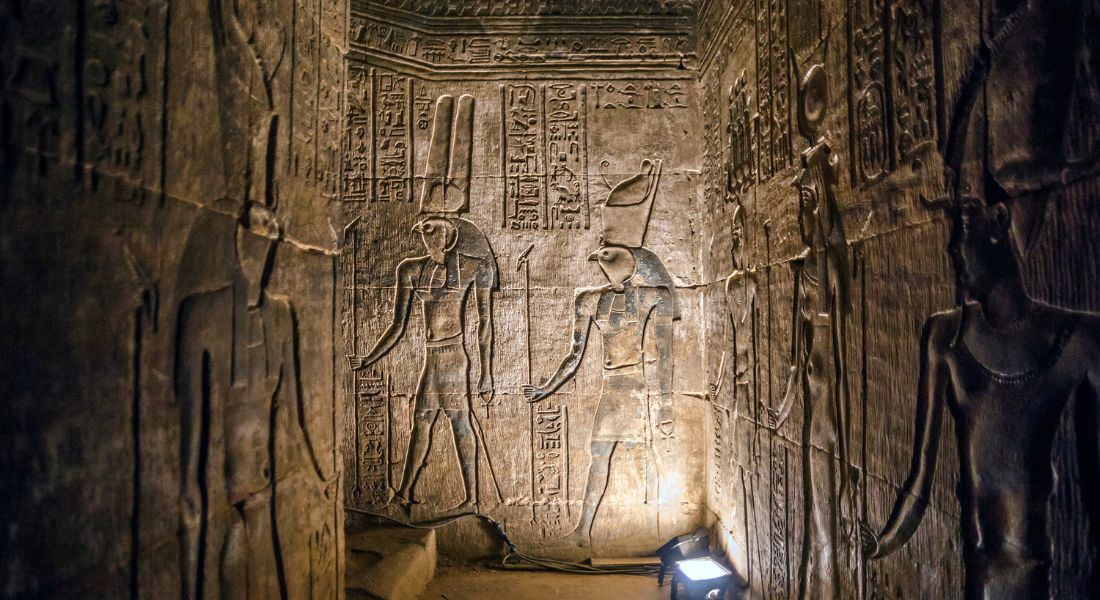Our world is full of mysteries and secrets. There is so much that we have not explored yet, and there are many mysteries that are still unexplained. In this blog, we are going to discuss 10 archeological mysteries that will blow your mind.
We have all the technological advancements, but still, there is no explanation for some Archeological mysteries. So, let us discuss some of the mysteries that have puzzled many researchers and archeologists for centuries.
1. Stonehenge
Stonehenge is a prehistoric monument and is also one of the most famous monuments in the world. It is located in Wiltshire, England, and the structure consists of a ring of standing stones. Moreover, each stone is 13 feet in height and 7 feet in width. The mystery about this is that its actual purpose and the method of construction are still unknown.

However, there have been many theories about this monument, and different people believe in different stories. Some of the most popular beliefs are that this was used for some special ritual. While some believe that it’s an astronomical site. Another popular brief is that it was a burial site, as many human remains have been buried nearby.
Moreover, the method of construction is still unknown. Researchers are not able to find out how people were able to transport such huge rocks and place them with such accuracy. The rocks are placed with such precious it’s hard to tell how they must have done this. This is why Stonehenge is one of the most popular archeological mysteries in the world.
2. The Great Pyramids
The great pyramids are one of the most famous archaeological sites in the world. This is also considered the great wonders of the world. These magnificent structures were built more than 4500 years ago, and their method of construction and purpose still remains an archeological mystery.

There are so many things that are unexplained about the great pyramids. To date, archeologists are still discovering hidden treasures and tunnels under the great pyramids. However, the biggest mystery surrounding these great pyramids is how they were built. These pyramids are constructed with massive blocks of limestone, and they weigh thousands of tons. So, archaeologists are still figuring out how these were transported to the site of the great pyramids.
Moreover, the purpose of these pyramids is still not known. However, different people believe in different theories. But nothing has been proven to date. Thus, the great pyramids are one of the biggest archaeological mysteries in the world.
3. Shroud of Turin
Another one on the list is the famous shroud of Turin, which is a linen cloth, but the crazy fact is that this cloth has the image of a man who seems to be suffering from some physical trauma or pain.
However, the Shroud is housed in the Cathedral of Saint John the Baptist in Turin, Italy, and is one of the most famous and controversial religious relics in the world.

The mystery of the Shroud centers on its authenticity and the question of whether it really wrapped the body of Jesus Christ after his crucifixion. The first historical record of the Shroud dates back to the 14th century, and many believers argue that it is a genuine artifact from the time of Christ.
However, skeptics point to scientific evidence that suggests the Shroud was created during the medieval period. Numerous scientific investigations have been conducted on the Shroud, including radiocarbon dating, blood analysis, and pollen analysis, among others. The results of these investigations have been hotly debated and continue to be a topic of discussion among scientists and scholars.
Despite the controversy, the Shroud of Turin remains a powerful symbol of faith for many Christians.
4. Super Henge
The Superhenge, also known as the Durrington Walls Superhenge, is an archaeological mystery that centers on a massive circular monument located near Stonehenge in southern England. This monument is believed to date back to the Neolithic period, approximately 4,500 years ago, and was likely used for religious or ceremonial purposes.
The Superhenge consists of a circle of giant stones, some of which are up to 15 feet tall and weigh several tons. These stones were quarried from as far as 25 miles away and transported to the site using a system of ropes, rollers, and sleds. In addition to the circle of stones, the monument also includes a series of concentric ditches and banks, as well as a large avenue leading to the River Avon.
Despite its impressive size and complexity, the purpose of the Superhenge remains a mystery. Some archaeologists believe that it was used for astronomical observations or as a site for ritual processions. Others suggest that it may have been a place of healing or a center for political or social gatherings.
One intriguing aspect of the Superhenge is its proximity to Stonehenge, which is one of the most famous and enigmatic prehistoric monuments in the world. Some researchers have suggested that the two sites may have been used together in some way, although the nature of this connection remains unclear.
5. Holey jar
The Holey Jar archaeological mystery centers around a jar found in the 1960s in Israel during excavations of a site known as Kuntillet Ajrud. The site dates back to the 8th century BCE and is believed to have been a remote trading post.

The Holey Jar is a large, two-handled vessel made of clay that features numerous small holes, or perforations, around its base. The jar also has a lid with a handle and is decorated with inscriptions and images that have been the subject of much debate among archaeologists and researchers.
The inscriptions on the Holey Jar include references to Yahweh, the God of the Israelites, as well as to a female deity known as Asherah. This has led some researchers to suggest that the jar may have been used in religious rituals that involved both Yahweh and Asherah.
The images on the jar are equally intriguing, featuring depictions of human figures, animals, and even Egyptian-style hieroglyphs. Some of the images appear to depict scenes of sacrifice, while others suggest that the jar may have been used in fertility rituals.
Despite decades of study, the true purpose and significance of the Holey Jar remain an archeological mystery. However, Some researchers believe that it may have been used as a ritual vessel for the mixing of wine or other liquids, while others suggest that it may have been a container for incense or some other sacred substance.
6. Cleopatra’s tomb
Cleopatra is known for her beauty and intelligence. She was the last ruler of Egypt, and she ruled from 51BC to 30BC. She died that same year as well. With her, the whole dynasty came to an end. However, there has been a fascinating archeological mystery around her death.

After her death, Cleopatra was buried in a tomb with Mark Antony, the mystery is that the location of the tomb is still unknown, and many archaeologists are still in search of that tomb. After Cleopatra’s death Ptolemaic dynasty came to an end, and the Roman era started.
There have been many claims that it is located in Alexandria, Egypt. Still, the exact location is unknown to date, and it is considered to be one of the biggest archaeological mysteries of all time. Recently there have been discoveries of two very important mummies, and there have been rumors that it’s Cleopatra and Mark’s mummies.
Despite all the rumors, nothing has been confirmed yet, and still, Cleopatra’s tomb remains a fascinating mystery for archaeologists and researchers.
7. Qin Shi Huang’s tomb
One of the recent archaeological mysteries that resurfaced recently is Qin Shi Huang’s tomb. Qin Shi Huang was the first king of China, and he ruled from 221BC to 210BC. He is the one who started the construction of the great wall of China.

However, there have been stories floating around that Qin Shi Huang was buried with great wealth and treasures. Earlier, locals used to believe in the afterlife. So to ensure he has a great afterlife. The kind was buried with treasures and great wealth.
His tomb was filled with treasure, but also, to protect this tomb, there were traps set up. However, many researchers and archaeologists are looking for this tomb. Yet there is no clue about this tomb. There have been many rumors about this tomb.
Moreover, many search operations have been conducted in order to locate the tomb. Despite everything, there has been no clue, and still, Qin Shi Huang’s tomb remains a great mystery for archaeologists.
8. Nazca lines
Nazca lines are made by ancient people, and these lines cover an area of over 50 square kilometers. However, these lines were made more than 2000 years ago, and surprisingly to date, there has been no proof of their damage.

Moreover, a wide variety of animals and plants are located in this region. These lines are spread from the deserts to southern Peru. however, the mystery about these lines is that no one knows the exact purpose of these lines.
There are many theories about the origin and the purpose of these Nazca lines. Some people believe that these lines were created to serve some spiritual purpose or to perform some religious ceremony. While some believe that these lines were used to observe the planets.
However, these all are just theories and stories. There has been no evidence, and this still remains one of the Archaeological mysteries.
9. King Tut’s death
King Tut was one of the wealthiest kings in history. He was the king of Tutankhamun, and he was the last king of his dynasty. He became a hot topic all over the world after the discovery of his tomb. After discovering his tomb, great treasures were recovered from his tomb.

There have been many researches and studies conducted to find out the exact cause of the death of King Tut. however, King Tut died at a very young age, and he suffered from many health conditions. He also had a broken leg and a club foot.
There have been many theories that describe how he died. Some said he died because of some infection, while some believed its a murder. Different people believe in different stories, but nothing has been confirmed yet. To date, the death of king tut remains one of the most popular archeological mysteries.
10. The lost Maya
The lost Maya civilization has been a big archaeological mystery. This civilization was known for its skills like architecture, astronomy, mathematics, and writing system. They were known for their knowledge, and they had a great impact on civilization. They had achieved so much in their civilization.

Despite all their achievements, they eventually began to decline, and then all of a sudden, the whole civilization disappeared. There are so many questions surrounding this sudden loss of an entire civilization. Many archaeologists and historians are looking for the answers.
There are many theories around this, and some suggest that they came to an end due to environmental factors. While some believe that due to some war-like situation, they disappeared. There have been many questions surrounding this mysterious loss of the Maya civilization.
With so many new inventions and technological advancements, scientists are looking deeper into this issue. Still, this is one of the biggest archeological mysteries for researchers and archeologists.
The Bottom Line
There is so much that we are yet to discover, and some stories will always remain a mystery. We still dont know the answer to so many discoveries and mysteries. The world is full of hidden mysteries, and we are yet to unravel so much about our own world.

